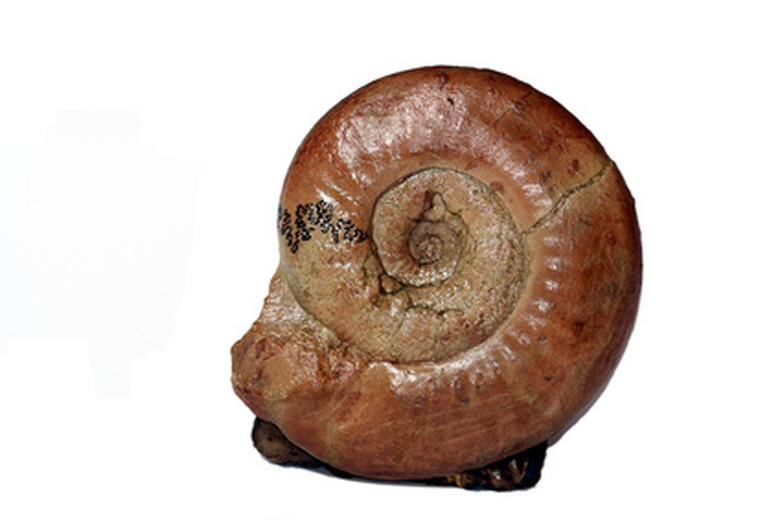What Is Chronometric Dating?
Chronometric dating has revolutionized archaeology by allowing highly accurate dating of historic artifacts and materials with a range of scientific techniques.
Function
Function
Chronometric dating, also known as chronometry or absolute dating, is any archaeological dating method that gives a result in calendar years before the present time. Archaeologists and scientists use absolute dating methods on samples ranging from prehistoric fossils to artifacts from relatively recent history.
Features
Features
Chronometric techniques include radiometric dating and radio-carbon dating, which both determine the age of materials through the decay of their radioactive elements; dendrochronology, which dates events and environmental conditions by studying tree growth rings; fluorine testing, which dates bones by calculating their fluorine content; pollen analysis, which identifies the number and type of pollen in a sample to place it in the correct historical period; and thermoluminescence, which dates ceramic materials by measuring their stored energy.
History
History
Scientists first developed absolute dating techniques at the end of the 19th century. Before this, archaeologists and scientists relied on deductive dating methods, such as comparing rock strata formations in different regions. Chronometric dating has advanced since the 1970s, allowing far more accurate dating of specimens.
References
Cite This Article
MLA
Grahams, Adrian. "What Is Chronometric Dating?" sciencing.com, https://www.sciencing.com/chronometric-dating-7317999/. 24 April 2017.
APA
Grahams, Adrian. (2017, April 24). What Is Chronometric Dating?. sciencing.com. Retrieved from https://www.sciencing.com/chronometric-dating-7317999/
Chicago
Grahams, Adrian. What Is Chronometric Dating? last modified March 24, 2022. https://www.sciencing.com/chronometric-dating-7317999/
